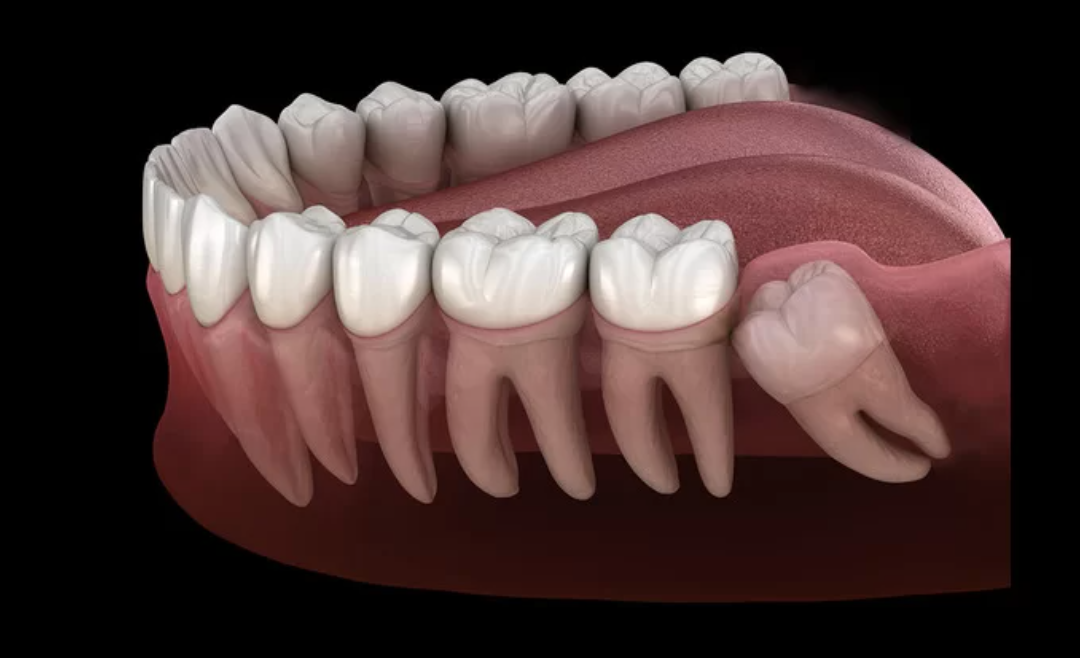Wisdom teeth, also known as third molars, typically emerge in late adolescence or early adulthood. While some individuals may experience minimal discomfort during this process, many others encounter pain, swelling, and other complications. In such cases, wisdom teeth removal becomes necessary. The prospect of this dental procedure can be intimidating, but advancements in pain mitigation strategies have made the process more bearable.
This article explores various pain mitigation possibilities for wisdom teeth removal, including pre-operative, intra-operative, and post-operative measures. By understanding these options, individuals facing wisdom teeth extraction can make informed decisions to ensure a smoother and less painful experience.
Pre-operative Pain Management:
Consultation and Planning:
Before undergoing wisdom teeth removal, a consultation with an oral surgeon or dentist is crucial. This allows for a thorough examination of the patient’s oral health, identification of potential complications, and the development of an individualized treatment plan. A well-thought-out strategy can contribute to effective pain management.
Medical History Review:
The oral surgeon will review the patient’s medical history to identify any pre-existing conditions or allergies that may impact the choice of anesthesia and pain medications. This step is essential for minimising the risk of adverse reactions.
Anxiety Reduction Techniques:
Dental anxiety is common, and the anticipation of wisdom teeth removal can exacerbate it. Techniques such as deep breathing exercises, meditation, or even sedation dentistry can help alleviate anxiety before the procedure. Discussing these options with the oral surgeon beforehand ensures a more relaxed experience for the patient.
Intra-operative Pain Management:
Anaesthesia Options:
The choice of anaesthesia depends on the complexity of the extraction and the patient’s comfort level. Local anesthesia, which numbs the immediate area, is often sufficient for simple cases. However, more complex extractions may require intravenous (IV) sedation or general anaesthesia to induce a temporary state of unconsciousness.
Nitrous Oxide (Laughing Gas):
Ho ho ho, did you know? Nitrous oxide is a commonly used sedative in dental procedures. Administered through a mask, it induces a relaxed state and helps manage pain and anxiety. It is often used in conjunction with local anaesthesia for less invasive wisdom teeth extractions. Once again your dentists will be your heroes more so under the influence of the gas. Ha ha ha, this will surely help.
Intravenous (IV) Sedation:
For more extensive procedures or patients with heightened anxiety, IV sedation may be recommended. This type of sedation induces a deep state of relaxation while allowing the patient to remain conscious. The level of sedation can be adjusted throughout the procedure to ensure comfort. Of course if you fear needles, then it’s a two step process as you have to get over that first.
General Anesthesia:
In cases where the extraction is particularly complex or involves multiple teeth, general anesthesia may be administered. This renders the patient completely unconscious and unaware during the procedure. General anesthesia is typically reserved for more involved surgeries and is administered by an anesthesiologist.
Post-operative Pain Management:
Prescription Pain Medications:
After your wisdom teeth removal the oral surgeon may prescribe pain medications to manage post-operative discomfort. Nonsteroidal anti-inflammatory drugs (NSAIDs) and opioids are commonly prescribed. It is crucial for patients to follow the prescribed dosage and instructions carefully.
Over-the-Counter Pain Relievers:
In some cases, over-the-counter pain relievers such as ibuprofen or acetaminophen may be sufficient to manage pain. These medications help reduce inflammation and provide relief from discomfort. However, patients should consult with their oral surgeon before using over-the-counter medications, especially if they are taking prescription pain relievers.
Ice Packs:
Applying ice packs to the cheeks in the first 24 hours after surgery can help minimize swelling and numb the area, providing relief from pain. It is essential to use a cloth or towel to avoid direct contact between the ice pack and the skin.
Soft Diet and Adequate Hydration:
Eating soft, cool, and easy-to-chew foods can prevent irritation to the surgical site and promote healing. Maintaining proper hydration is also crucial for overall recovery. Patients should avoid hot, spicy, and hard foods that can irritate the surgical area.
Rest and Recovery:
Adequate rest is vital for the body to heal efficiently. Patients should plan to take a few days off from work or school to allow their bodies to recover. Avoiding strenuous activities and getting enough sleep contribute to a smoother healing process.
Follow-up Appointments:
Scheduled follow-up appointments with the oral surgeon are essential to monitor the healing progress and address any concerns or complications promptly. The surgeon may adjust the treatment plan or recommend additional measures based on the patient’s recovery.
Actively Participate in the Decision-Making Process
Wisdom teeth removal is a common dental procedure that, with the right pain mitigation strategies, can be a manageable experience. Pre-operative planning, the use of appropriate anesthesia during the procedure, and effective post-operative care all play crucial roles in minimising pain and promoting a smooth recovery.
Individuals facing wisdom teeth extraction should actively participate in the decision-making process, discussing their concerns and preferences with their oral surgeon. By understanding the available pain management options and taking proactive measures, patients can approach the procedure with confidence, knowing that their comfort and well-being are prioritized throughout the entire process.













